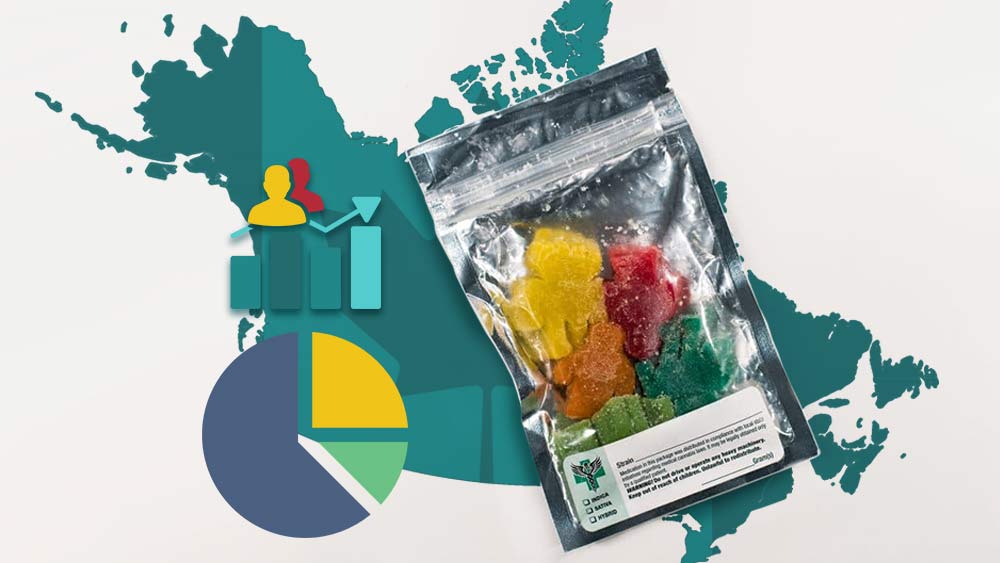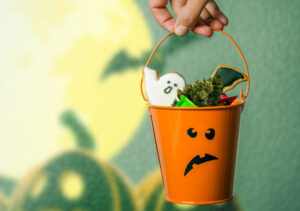As edibles hit the shelves in Canada, a new survey found that the ideal product should contain 5 mg or less of THC per serving, according to respondents across the country.
The poll conducted by Organigram asked 2,000 Canadians about their preferred dosage of THC in edibles as the company looks to launch its own weed-infused products.
The CEO of Organigram, Greg Engel, said that his company didn’t want to assume what Canadians look for in edibles, but rather decided to ask the consumers themselves and create a product according to their responses.
Other interesting data gathered by the survey includes where people will be consuming cannabis-infused treats and which are the most popular.
Organigram said that a majority of respondents plan on buying edibles for at-home use, while most will be drawn to chocolates, baked goods, and other sweets. It also found that edibles are likely to occasionally replace alcohol consumption for some of the respondents.
“Legalization has changed the way people think about cannabis consumption. Entering this new era of cannabis legalization and designing new product types, we couldn’t assume to know Canadians’ attitudes on edibles, so we asked them,” Engel said in a press release.
“We knew generally that many were looking forward to the availability of edible products, but we wanted to be well-informed in our approach so we could deliver thoughtfully designed infused edible products,” he added.
Entering the delightful world of edibles often requires consumers to experiment with dosages in the beginning as the exact potency of a product depends on the strength of the product used to infuse it.
Moreover, a recent study indicated that consumers in general struggle with reading labels on edibles, which can lead to people experiencing too intense highs.
Adding to the confusion of determining the strength of an edible is research that points to the fact that chocolate in marijuana-infused candies can tamper with THC potency tests, making it difficult to determine the exact levels of the psychoactive compound in a phenomenon researchers dubbed “the matrix effect.”




